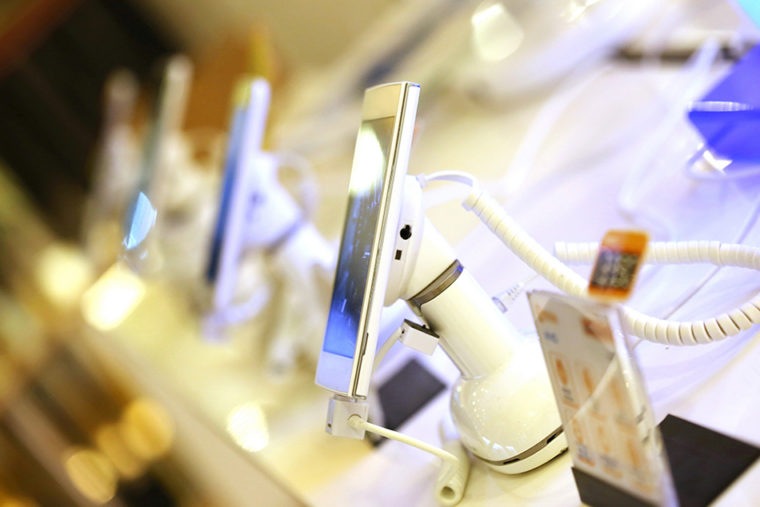Bumping up to first class on a flight. The newest smartphone. Wi-Fi in your car.
At one time or another, most consumers have clamored for upgrades such as these. In order to properly decide if it’s worth the expense, consumers should compare the upgraded product with what they already own. Most of us know to do this, but new research from Washington University in St. Louis’ Olin Business School shows that there is a wide gap between what we should do, and what actually happens, when it comes to the newest, most cutting-edge gadgets, products and services.

“Our research shows that when people are confronted with an upgrade and they don’t stop to think about what they already have, they tend to look at the upgrade, evaluate all of its shiny new features and lose sight of the fact that they already have some of those features in the products they currently own,” said Robyn LeBoeuf, associate professor of marketing.
LeBoeuf, along with co-author Aner Sela, associate professor of marketing at the University of Florida, conducted a series of five experiments involving real and hypothetical upgrade decisions for products most of us are very familiar with: smart phones and apps.
The researchers found that even when the status quo (in this case, the pre-existing phone or app) is mentioned in the decision, if consumers aren’t explicitly reminded to think about what they already have, they don’t compare it to the upgrade, increasing the chances of an upgrade purchase. It’s a concept called called comparison neglect.
“We asked some people to evaluate the upgrade and consider how likely they are to upgrade,” LeBoeuf said. “And we see those people are pretty likely to upgrade.
“We asked other people, before they make that decision, simply to stop and reflect on the status quo. This extra step reminded them about what they already had.
“And we found that those people — who are prompted to stop and think about what they already have — show a decreased likelihood of upgrading,” LeBoeuf said. “So just simply prompting people to stop and think about what they have seems to lower their upgrade likelihood, suggesting they weren’t comparing the status quo to the upgrade to begin with.”
The findings have implications for both sides of the marketplace. While optimizing comparison neglect may seem like a winning proposition for retailers, ethically it may be troubling to craft communications that draw a consumer’s attention away from their status quo options. For consumers, LeBoeuf said it’s important to remember while some upgrades are worth it, perhaps some others can wait.
“Compare and make an informed decision,” LeBoeuf said. “And remind yourself of what you already have.”
LeBoeuf’s research was recently accepted in the Journal of Marketing Research. She is available for interviews and may be reached at leboeuf@wustl.edu
